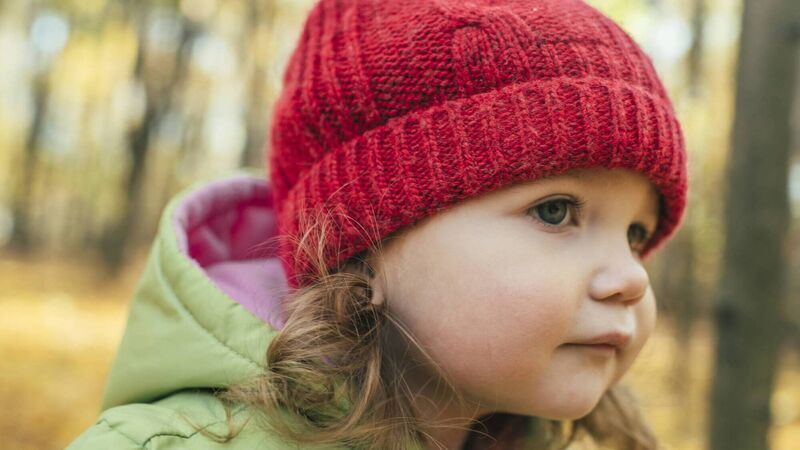Joanna Fortune: My two-year-old hates the cold

Pic: iStock
Feeling cold when outdoors without adequate clothing or when it is especially cold outside is a normal sensory response but feeling cold all of the time or when indoors (once the space is adequately heated) can indicate an intolerance to cold or a temperature sensitivity.










